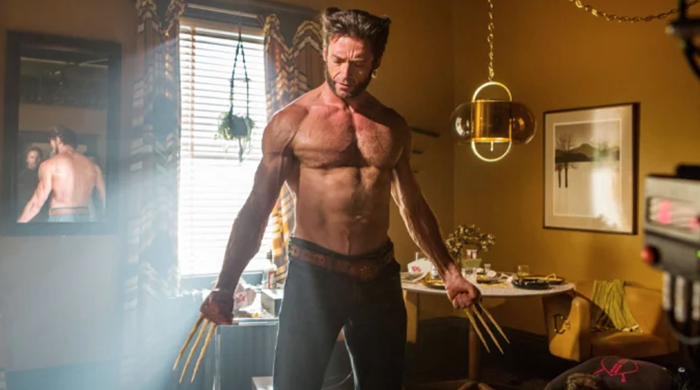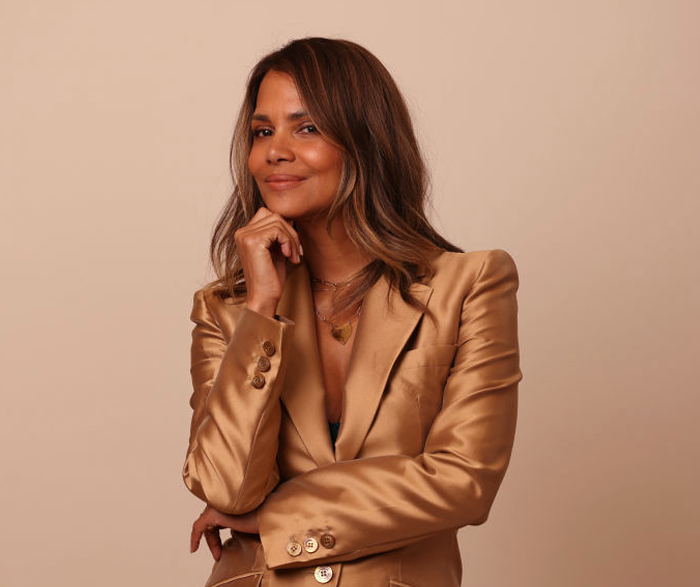MONUMENTAL HOLIDAY-THEMED decorations hang from Pioneer Place's glass roof: Strung like beads, reflective globes cluster into a two-story teardrop. Large metallic stars orbit this flexed muscle. Tidy sheets of white string-lights add a neutral seasonal accent. "It's designed to look like public space, but it's in fact private," observes artist and Pacific Northwest College of Art (PNCA) instructor Victor Maldonado, an element of context that helps guide the conceptual framework for the art that's on view at the fourth-floor gallery Store. Its inaugural exhibit, Shift, is populated by student work made in Maldonado's Art, Ethics, and Transgression course, exploring "influence, production, and distribution."
The work varies from painting to performance, video to installation. A.J. Meeker took photographs of Pioneer Place and set the images to a grid—a disorienting display of the commercial landscape. Gesturing toward the panel of images, Maldonado equates it with a "simulated security system," describing its relationship to the panopticon—how the piece not only shows the viewer that they're under surveillance, but that we're commonly aware (and anxious) of that watched state. Other projects take on the "production" end of the exhibit's underwire: Gustavus Beck presented jeans that he wore until threadbare and hole-ridden, billing them as a designer, luxury line. Another student created a "free store," touching on Pioneer Place's distributional context.
But Store only scratches the surface of what's being done at the mall. It's part of a four-gallery sprawl referred to as the Settlement, headed by local artist/curators Chris Haberman and Jason Brown, who were gifted a lease on the spaces that runs through January of 2012. The duo launched People's Art of Portland, a commercial gallery with a focus on local work, while also reopening Place—Gabe Flores, Palma Corral, and Gary Wiseman's venue for installation and performative arts. Wiseman asked Maldonado to take one of the spaces, and Recess Gallery, Golden Rule, and Research Club were pulled in at the last minute to round off the settlers, occupying a gallery called Trade.
On December 18, the Settlement officially opened with a series of exhibitions, collectively titled Occupation. Trade brought what is possibly the most innovative programming, debuting Research Club Director Ním Wunnan's Aspen Project, designed to document ideas common to cultural organizations and share those thoughts (and necessary organizational resources) within a network of likeminded individuals—appropriating and supporting communities rather than starting them. Included herein is Golden Rule owner Wynde Dyer's "I Knew You Pt. 1 (Dear James)," a project exhibiting "several thousand" handwritten letters between the artist's late mother and her boyfriend, who was in and out of jail for over 30 years. (There's a particularly funny letter expressing delusions of a retaliatory bad haircut.)
The offerings at Place are some of the most conceptually satisfying at the Settlement. Josh Berger is illustrating the current civilian death count in Iraq with tiny "x"s on sheets of paper—roughly 10,000 per page—and when each piece of paper is full, it's framed in pine (like a coffin) and put on the wall. The intention is to show how far removed we are from the realities of war. T.J. Norris' "Spread Ego" collects portraits of the artist, pitting the perceptions of his friends against the way he sees himself. Moreover, at Place (and Trade) we see curation that's matured past the context of the mall—a move that's necessary in establishing the Settlement as a venue for serious art consumers. This will be a place to keep an eye on in 2011.













